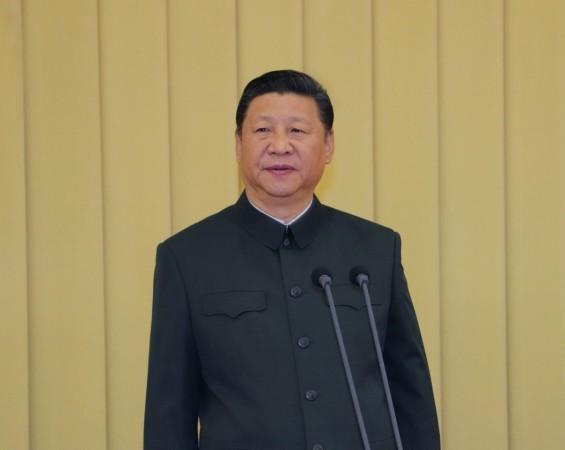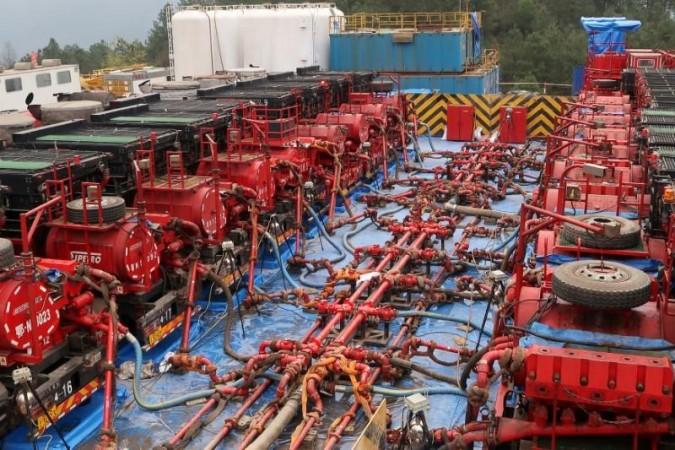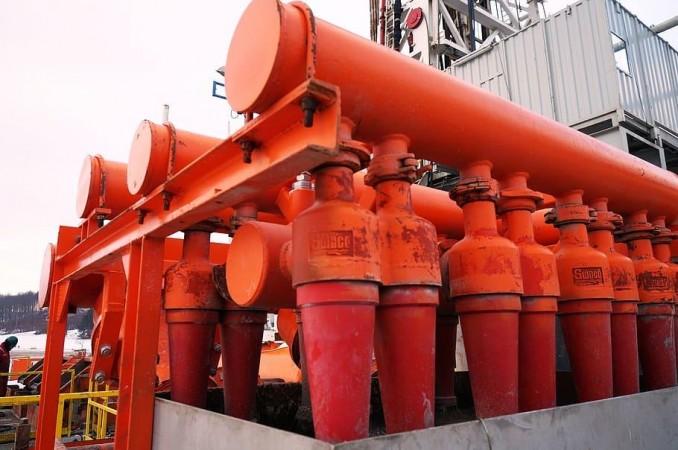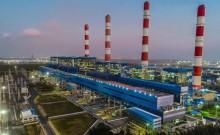Xi Jinping, General Secretary of the Communist Party of China since 2012, and now President of the People's Republic of China outlined a long-term road map to strengthen the domestic and overseas supply of oil and gas in 2014. Faced with external global pressures particularly from the US, and a noted increase in energy imports made China more vulnerable.

In this backdrop, Xi Jinping called upon China's leading oil and gas majors to implement measures to boost the nation's domestic output and bolster the country's energy security. The Chinese companies duly complied with the orders issued and soon, shale gas production in China outperformed the US.
China's shale gas dominance: Excess produce, no demand
Considering China has larger shale gas resources more than the US according to estimates, does this hold the key to the country's energy security? Sinopec and CNPC's own oilfield service companies bring in significant years of experience in drilling and extraction of gas from the complex geology of the mountainous Sichuan basin in Southwest China, which holds around 80% of China's recoverable shale gas resources. A number of policy changes were introduced in the recent past with growth in shale gas output. Also, the resource tax for shale gas was cut by 30% by the Chinese government in 2018.
In June 2019, the subsidy regime for unconventional gas was changed until 2023, rewarding producers who increase production during winter, when gas demand is on a high. The policy changes included tight gas, which was excluded from the previous regime. Considering much of China's shale gas reserves and resources are found deep - more than 3500 m underground, in the Sichuan Basin, the extraction efforts by oil and gas majors such as ExxonMobil, BP and Shell in evaluating and drilling for recovery of shale gas did not result in viable commercial production.

In 2016, researchers at the PetroChina Research Institute of Exploration and Development said that "like-for-like shale gas exploration and development costs in China were two to three times higher than in the US." The challenge for China now was to expand and increase shale gas output, while keeping exploration and extraction costs economically viable.
Last year, Sinopec achieved notable success with high flow rates from an exploration well over 4200 m deep in the Sichuan basin. However, drilling deeper means the involvement of more time and huge costs. Scientific breakthroughs were introduced to reduce well development costs and boost production from fracked wells to meet the demand-supply requirement and make it commercially viable.
Impact of Covid-19 outbreak on gas production, global demand and supply
The Covid-19 outbreak disrupted business activities and resulted in the eventual collapse of oil and gas prices. However, both CNPC and Sinopec stand undeterred in their commitment to growing natural gas production this year. They are targeting shale gas output of 22 bcm (billion cubic metres) in 2020, which is well below the earlier target set of 30 bcm as per the government's Shale Gas Development Plan (2016-2020). The plan further aims to achieve 80- 100 bcm by 2030.
According to the CNPC Research Institute's published Energy Outlook report 2019, it forecasts Chinese gas output to grow to around 280 bcm by 2030. As the Covid-19 situation improves in China, the Fuling shale gas field in southwest China's Chongqing Municipality sees a breakthrough in output producing 30 billion cubic meters of shale gas, according to China's largest oil refiner. The country's first largest shale gas field produces about 17 million cubic meters of gas each day, which can meet the demand of 34-million households.

This gas field has made China one of the top shale gas suppliers globally. Since the beginning of 2020, the gas field has transported 2.1 billion cubic meters of natural gas to provinces and cities along the Yangtze River economic belt. Will boosting shale gas production help reduce China's imports of alternative fuels? The answer is a likely No!
According to the S&P Global Platts Analytics World Energy Demand Model base case predicts that the gas demand in China will rise to 555 bcm by 2030. This would mean that large scale production of Shale gas will not affect China's import dependency. The net imports as a percentage of consumption will increase up to 50% by 2030.
The coronavirus pandemic has abruptly delayed exploration and extraction efforts, export deals, storage facilities are filled to the brim considering slump in consumer demand for oil and gas, many international gas majors have slashed investment budgets and jettisoning projects.
The damage caused to gas trade goes well beyond the Middle East, to impede business growth in Australia and the U.S. Gulf Coast. The pandemic has put on hold two-decade-long global expansion for natural gas projects to replace coal for electricity, heating and, replacing oil in some countries for transportation purposes as well. According to industry estimates, more than $50 billion investments will be delayed this year and the next.
The falling price of gas should have encouraged consumption and demand from countries like India and China, which is dependent on energy imports to buy more. However, a nationwide lockdown imposed by the Indian government from March 24 for more than 40 days, has restricted people movement and disrupted supply chain activities in the region to affect the transportation of goods and services.
This has led to a slump in demand for oil and gas, thus resulting in excess produce, stocking up of oil and gas supplies, and lack of storage facilities. Today, the production is in excess, but the global consumer demand is weak. It will take some time for the economies to pick up, and revive itself from the harsh setback of Covid-19 and make a better comeback.
















